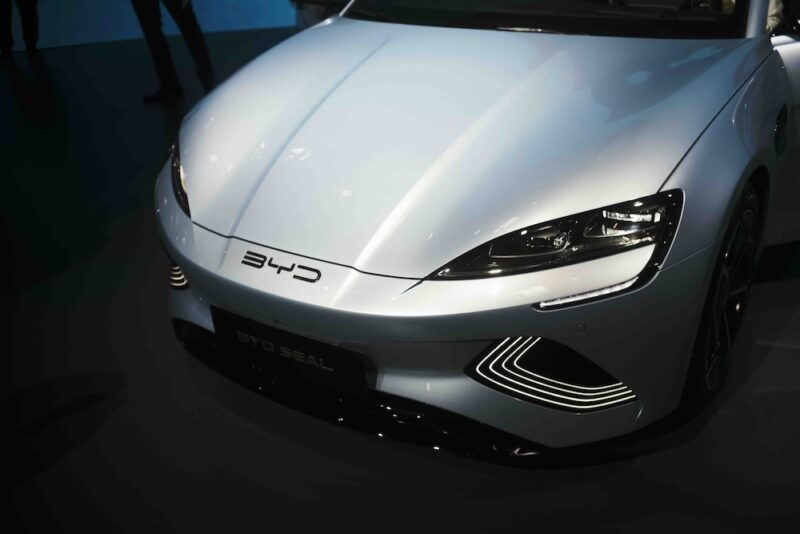Young Americans are turning heads and raising eyebrows as they show a surprising openness to buying Chinese vehicles, despite pushback from the US government. A recentAutoPacific poll reveals that a whopping 76% of Americans under 40 are willing to consider purchasing a Chinese brand car. This stands in stark contrast to the more skeptical older generation, with only 44% of 50-59 year olds and a mere 26% of those over 60 open to the idea.
What?
The surge in interest in Chinese vehicles among younger Americans comes hot on the heels of President Joe Biden’s announcement of a 100% tariff on Chinese-made electric vehicles. This move is seen as an attempt to protect traditional US automakers from the rising competition of affordable Chinese models flooding the global market. The existing 27.5% tariff is set to skyrocket to 100% come August 1, escalating tensions in the automotive sector.
Why does it matter?
The enthusiasm for Chinese cars among the youth poses a significant challenge to US automakers struggling to adapt to the shift towards electric vehicles. With Chinese companies like BYD making moves to penetrate the US market via Mexico, concerns about the impact on domestic automakers have escalated. Former President Trump’s warnings of a “bloodbath” for the US auto industry in response to cheap Chinese EVs could ring true as protectionist measures are put in place.
How is it going to shape the future?
Elon Musk, the outspoken CEO of Tesla, known for his outspoken views, has criticized the tariffs on Chinese EVs, citing their market-distorting effects. Despite Tesla’s potential gains from these protectionist measures, Musk advocates for a free and open market without tariffs. As US legacy automakers face challenges in transitioning to electric models, the future of the automotive industry remains uncertain. Protectionist policies may slow down the influx of Chinese EVs into the US market, but the inevitable shift towards cleaner energy vehicles continues to loom on the horizon.
In conclusion, the clash between protectionism and market openness in the automotive industry reflects broader economic trends and generational divides. The willingness of young Americans to embrace Chinese vehicles underscores the changing landscape of the automotive market and the challenges traditional automakers face in adapting to emerging trends. As the industry navigates these shifts, the decisions made today will shape the future of transportation and consumer preferences.

